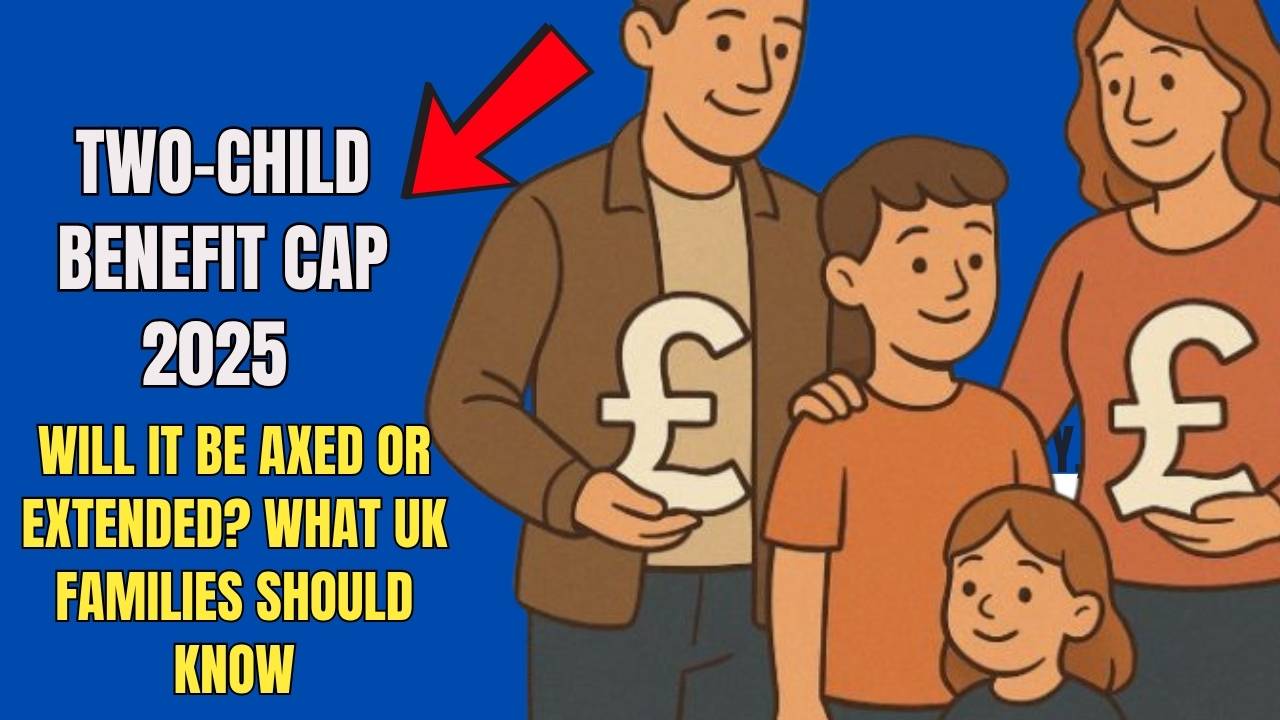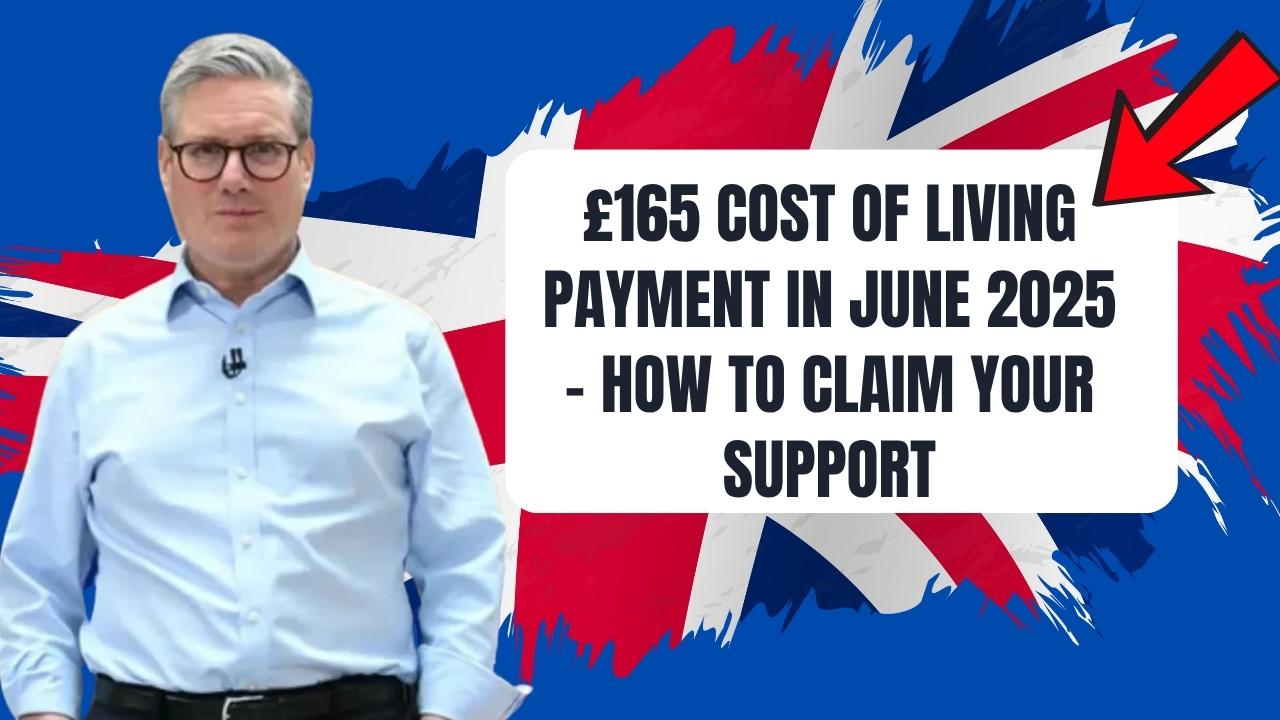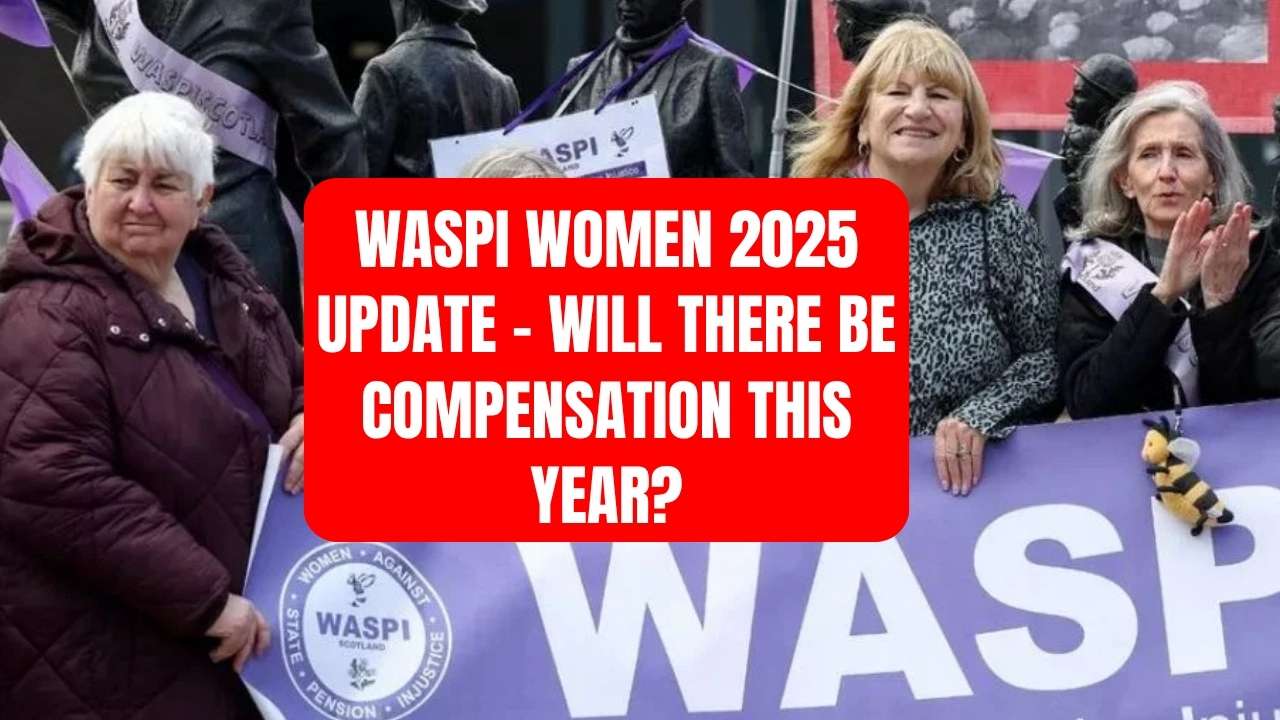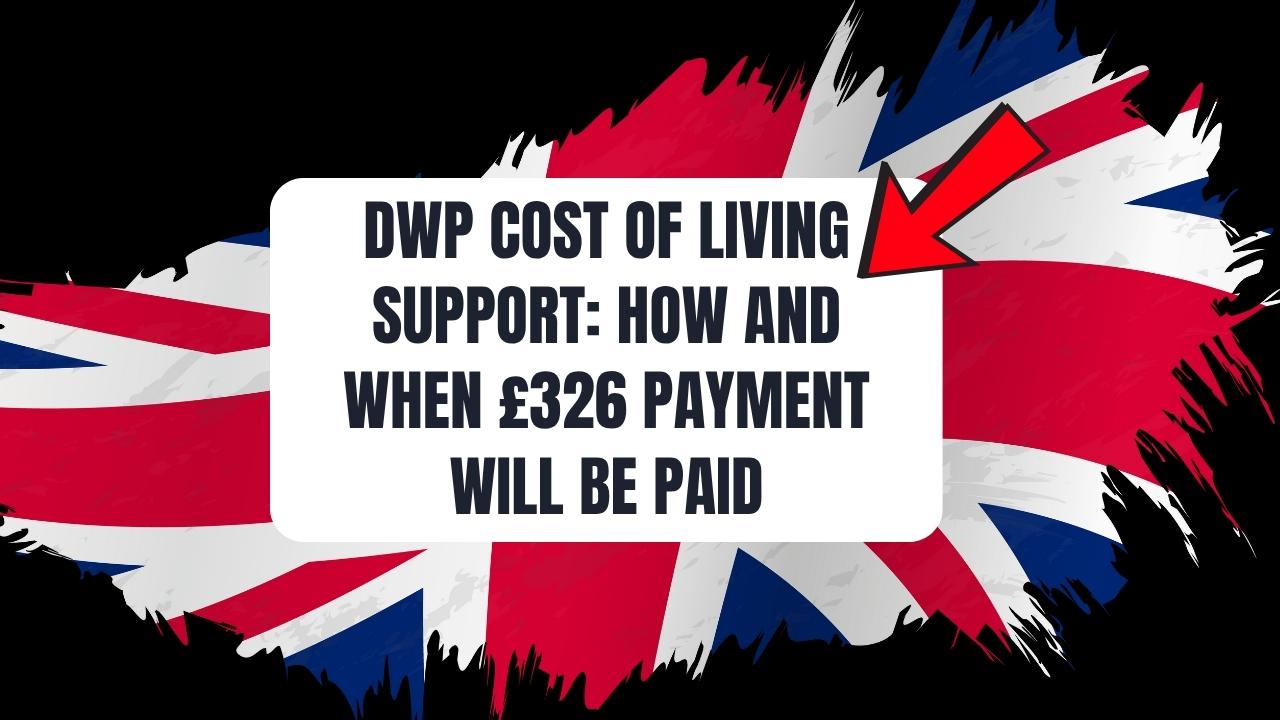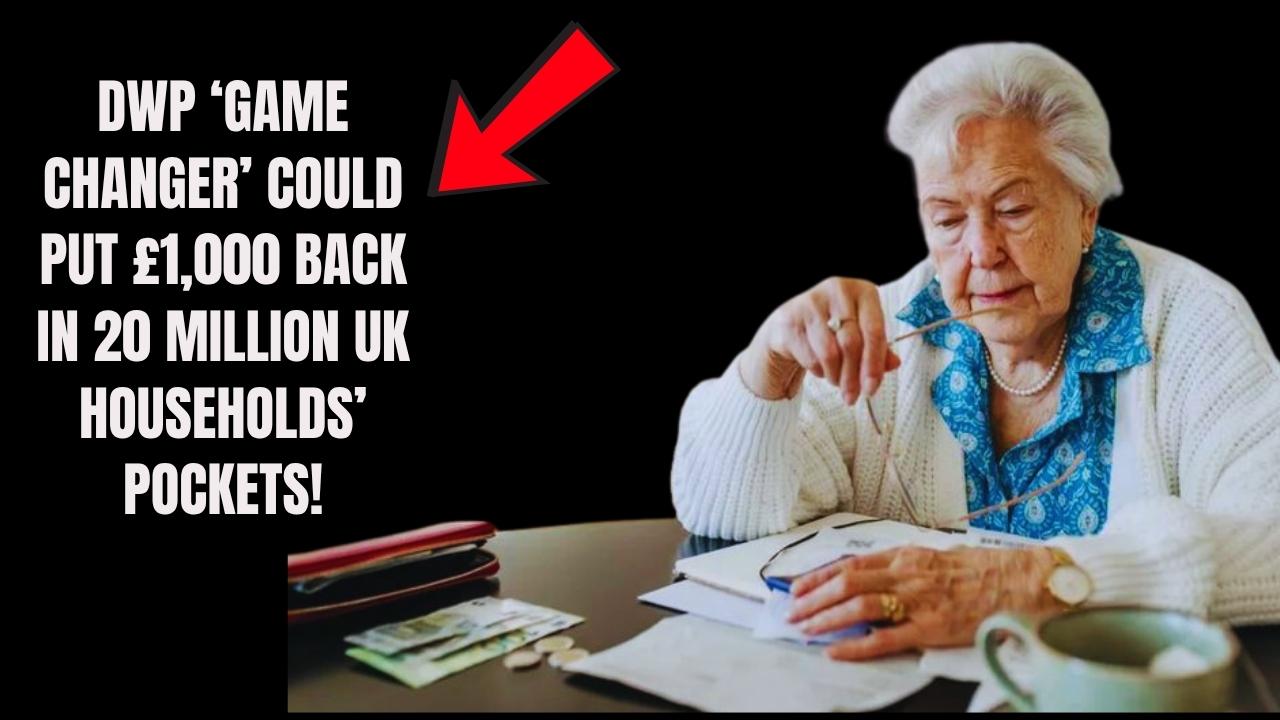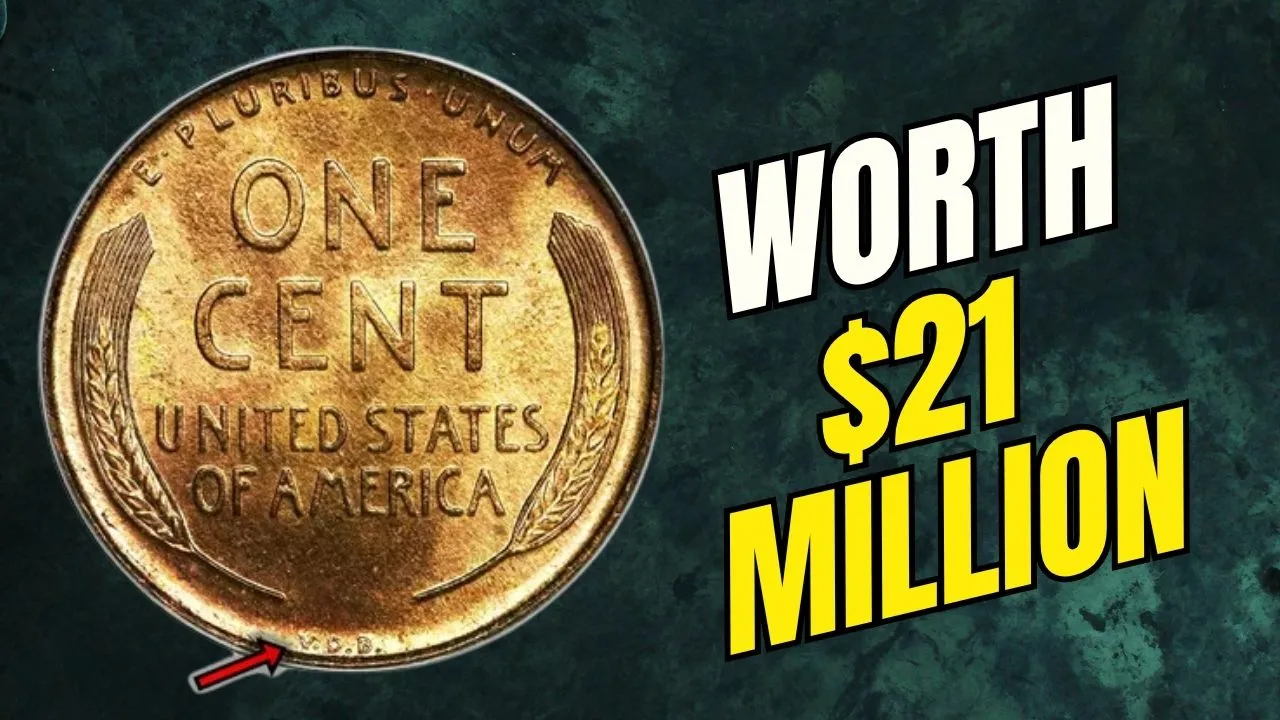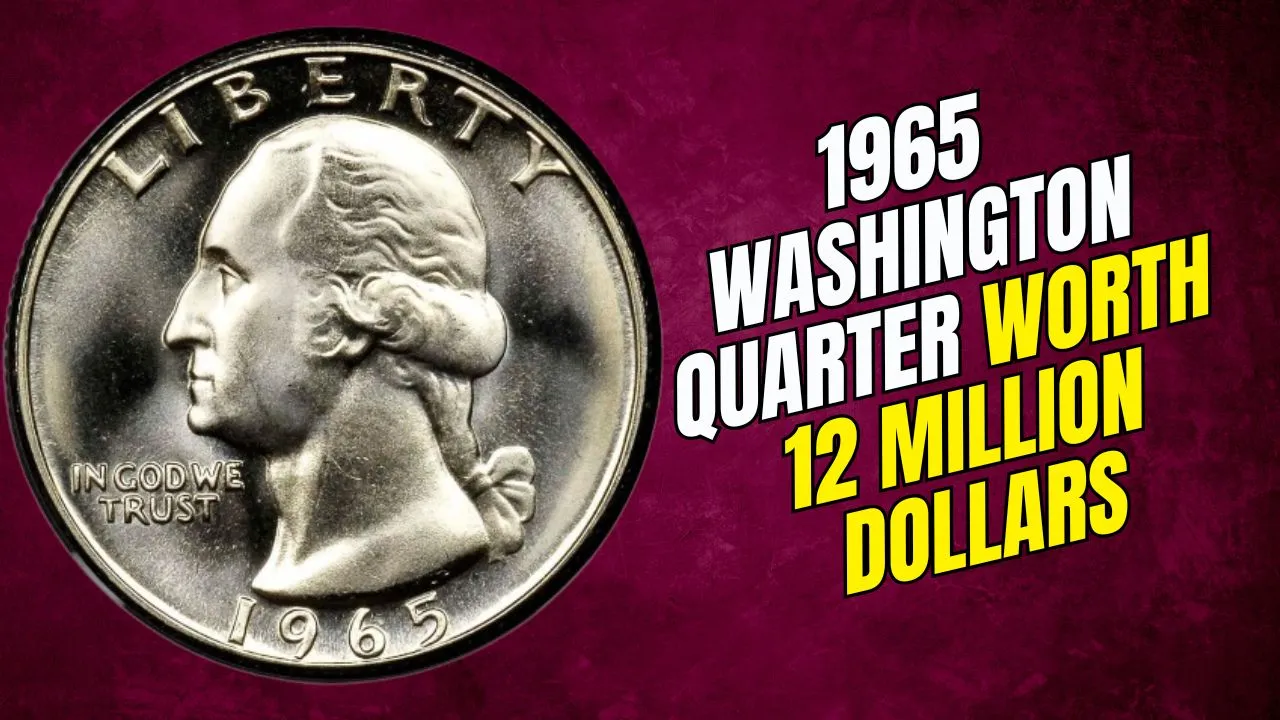The two-child benefit cap has been a key part of the UK’s welfare policy since 2017. It restricts child-related financial support through Universal Credit and Child Tax Credit to just two children per household. As cost-of-living pressures continue to weigh heavily on families, the future of this policy is once again under public and political scrutiny. With over 1.6 million children currently affected, many are asking if the cap will finally be lifted or tightened further.
The Two-Child Benefit Cap 2025 remains a critical issue in political discussions and among UK families. Debates continue in Parliament, with parties divided on whether to keep or end the cap. This article explores how the cap works, who it affects, exemptions, the political and economic context, and what might change in the coming months. A detailed table and breakdown of current proposals provide a clear picture for those seeking answers in 2025.
Two-Child Benefit Cap 2025 – What’s Happening Now?
As of June 2025, the Two-Child Benefit Cap 2025 is still in place. Introduced to encourage financial responsibility and manage welfare spending, it limits benefit payments to the first two children in a family. There are some exceptions, but the policy affects a significant number of working and low-income households. The government has not announced any final decision yet, but mounting pressure from advocacy groups and opposition parties may soon force a change.
Ongoing conversations in Westminster suggest that reform is being considered. While full removal remains uncertain, adjustments or targeted exemptions could be introduced. The coming months could be critical in determining the cap’s future.
Two-Child Benefit Cap Overview
| Aspect | Details |
| Policy Introduction | 2017 |
| Applies To | Universal Credit and Child Tax Credit |
| Affected Children | Over 1.6 million |
| Average Annual Loss | £4,300 per family |
| Daily Impact | 109 children pushed into poverty |
| Exemptions | Multiple births, adoption, non-consensual conception |
| Estimated Removal Cost | Up to £3.5 billion annually |
| Political Positions | Labour: Considering removalReform UK: Supports removalConservatives: Supports retention |
Understanding the Two-Child Benefit Cap
The two-child benefit cap applies to families claiming Universal Credit or Child Tax Credit for children born on or after April 6, 2017. Under this rule, no extra benefit is paid for the third or any additional child unless the family qualifies for a specific exemption.
These exemptions include:
- Multiple births: Families with twins or triplets may still receive support beyond two children.
- Adoption or kinship care: Support continues if children are adopted or being raised by relatives.
- Non-consensual conception: In documented cases involving coercion or rape, exemptions apply.
The aim was to promote responsible family planning, but in practice, the rule has placed extra pressure on many families, especially those already struggling to cover basic living expenses.
Impact on UK Families
The impact of the two-child cap is felt by a broad range of households across the country. Many of the affected families are not unemployed but include at least one working parent, showing that the cap hits both working and non-working families alike.
- Financial strain: On average, families lose £4,300 per year due to the cap.
- Child poverty: An estimated 109 children are pushed into poverty each day.
- Working households: Around 60% of those impacted have at least one adult in employment.
For these families, the cap makes it harder to afford food, rent, and other essentials—adding to the already heavy burden caused by rising inflation.
Political Landscape: Debates and Positions
The Two-Child Benefit Cap 2025 is not just a policy issue; it has become a point of political debate. Different parties have taken strong and often opposing views.
- Labour Party: Under Prime Minister Keir Starmer, Labour has been internally divided. While some members argue the cap should end, concerns about public spending have slowed progress. Education Secretary Bridget Phillipson has acknowledged that removing the cap is part of ongoing discussions.
- Reform UK: Nigel Farage and his party support lifting the cap. They argue it would help low-income families and support the UK’s birth rate, which has declined in recent years.
- Conservative Party: The Conservatives continue to back the policy. They argue it promotes personal responsibility and helps keep welfare spending in check.
This division reflects broader tensions between social welfare goals and the aim of controlling public finances.
Economic Considerations
Removing the cap would cost the government a significant amount—estimated at up to £3.5 billion per year. That’s one of the main reasons cited by officials who oppose ending the policy.
However, campaigners argue that these costs could be offset by long-term savings. Child poverty is linked to higher future spending on healthcare, education, and social services. By investing in families now, the government may reduce the financial and social burden in the years ahead.
Proposed Reforms and Alternatives
To ease the effects of the Two-Child Benefit Cap 2025 without fully removing it, several alternatives have been suggested:
- Exempting parents of young children: Families with children under five could be exempted from the cap.
- Increasing child benefit for the first two children: Raising payments for the first two kids might help balance out the impact of the cap.
- Targeted support: Offering more help to specific groups, such as families caring for disabled children or those in kinship care arrangements.
These changes aim to provide relief while still keeping overall welfare costs under control.
FAQs
What is the two-child benefit cap?
It’s a rule that limits financial support to the first two children in a family receiving Universal Credit or Child Tax Credit.
Who is exempt from the two-child limit?
Exemptions include multiple births (like twins or triplets), adopted children, and children born due to non-consensual conception.
Will the cap be removed in 2025?
As of June 2025, the cap is still active. However, discussions are ongoing within the government and opposition parties regarding possible reforms or removal.
Why was the cap introduced?
The policy was designed to promote financial responsibility and limit public spending on welfare.
How much does the cap cost families?
On average, families lose £4,300 each year due to the cap.
Final Thought
The future of the Two-Child Benefit Cap 2025 remains uncertain. With growing public concern, increasing costs of living, and political debate heating up, change may be on the way. Whether the policy is lifted, adjusted, or maintained as is, one thing is clear—many UK families are watching closely and hoping for a solution that better supports their everyday needs.
If this article helped clarify the situation for you, consider sharing it or leaving a comment below. You can also check out other family finance updates to stay informed on upcoming policy changes.
